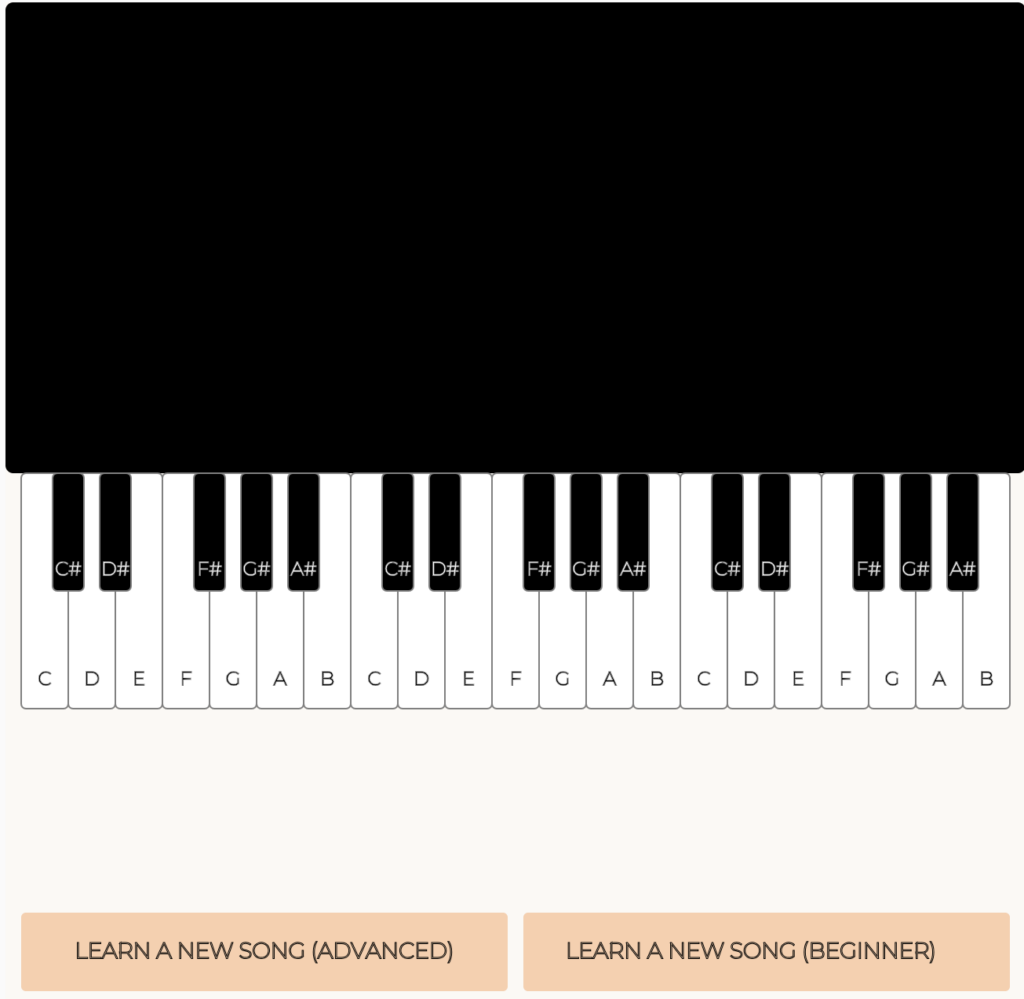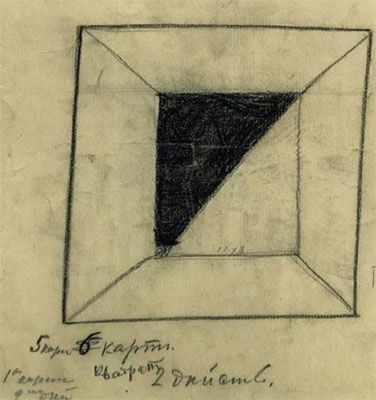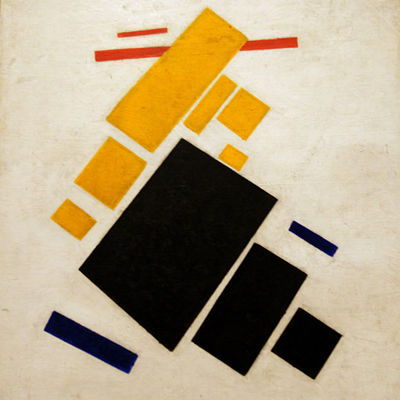I’ve always been aware of the importance of aesthetics in design and how greatly it changes the perception of objects, websites, apps, etc., and Donald Norman’s article proved such a position to be right. Even though the whole article was dedicated to the positive and negative affects, I would be more interested to see the author’s point of view on what a positive and negative affect is and how the processes in our brain and the system of human perception influence our view of pleasuring and unaesthetic things. How does a person decide whether something is pleasurable or not? How big of a difference in perception is there between different people? Is there a universal understanding of pleasant-looking objects and unpleasant objects? Someone may say that humans like following patterns, and we may see this concept date back far into human history. But what about transitions, smoothness, sharpness, and color palette—concepts widely used in art? What neurobiological processes are responsible for recognizing pleasurable things?
Furthermore, I believe that humans are limited in recognizing aesthetics in such a way that there are no other creatures whose perception of things would be on a higher level than ours and who could communicate with us. Everything that is being produced is limited by a human’s mind, even though it’s conceptually very broad. I’m wondering how different our world would be if we could see how creatures on a higher level perceived the world, and would we be able to understand them at all?
After reading the article about Margaret Hamilton, I was very surprised to find out that she was one of the founders of the software engineering industry. Being interested in astronautics, I’ve gone through many materials dedicated to the Apollo program, but I can’t remember her name being mentioned. I believe that she deserves much more recognition for what she has done to advance technology and humanity.





